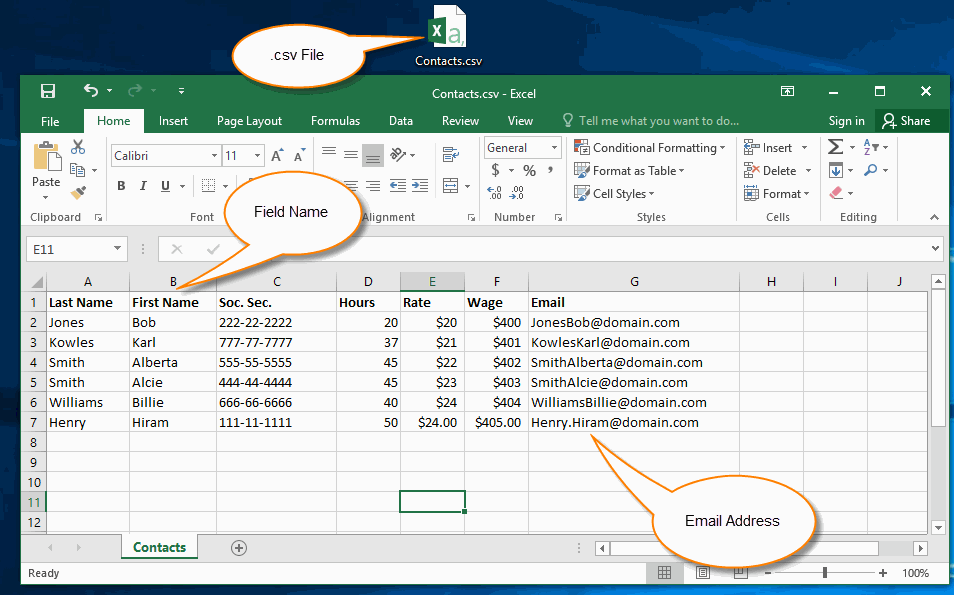
- #Sqlpro for sqlite import csv file permissions update#
- #Sqlpro for sqlite import csv file permissions professional#
Once you've created association labels, you can import them with your records.
#Sqlpro for sqlite import csv file permissions professional#

Record ID: a unique property value given to each record by HubSpot.
#Sqlpro for sqlite import csv file permissions update#
If you don’t have company domain names, use the Record ID to update and associate existing company records. This is required when importing companies to avoid duplicates or to associate companies with another object. Company domain name: the website domain of a company (e.g., ).If you don’t have contact email addresses, use the Record ID to update and associate existing contact records. This is required when importing contacts to avoid duplicates or to associate contacts with another object. Email: the email address of a contact.The unique identifiers used when importing into HubSpot are: In an import, you need a unique identifier to associate two different records (e.g., import “Tom Smith” and associate him with his company “Smith Inc.”), or to avoid creating duplicate records (e.g., two records for “Tom Smith”). Unique identifier: a property value that HubSpot uses to recognize each record as one of a kind.Each row represents a contact record, and each column of information represents a contact property (First Name, Last Name, Email Address). In this example, the object being imported is contacts.

In an import, properties will match up with your file’s column headers. Property: a field created to store information about your records. If you are importing multiple objects in one file, each row will represent records that are associated with each other. In a single object import file, each row of your file represents one object record. Record: an individual instance of an object (e.g., “Tom Smith” is a contact record). When importing, an object is the type of dataset you are importing into HubSpot. GlossaryĬRM Object: a type of a relationship or process that your business has, such as contacts, companies, deals, and tickets. Learn more about adding engagements using the API.

Please note: engagements (emails, calls, tasks, or meetings) associated with your records cannot be imported via a file into HubSpot. Before you start importing, review the relevant HubSpot terms and requirements for your import files. Import files are spreadsheets of data used to organize your business’ relationships and processes. Whether HubSpot is your first CRM or you’re moving from another system, importing helps you create records and update your database.


 0 kommentar(er)
0 kommentar(er)
